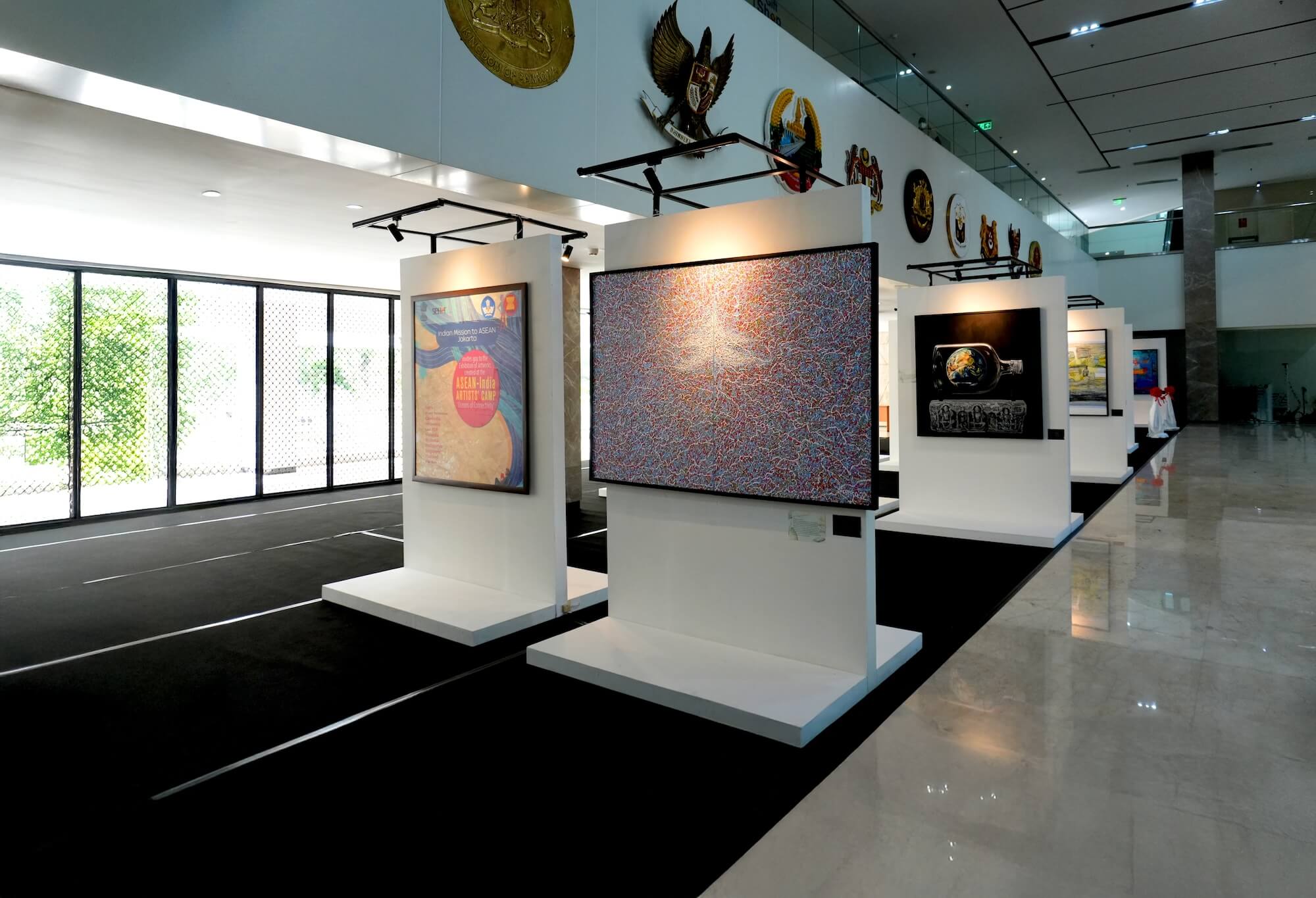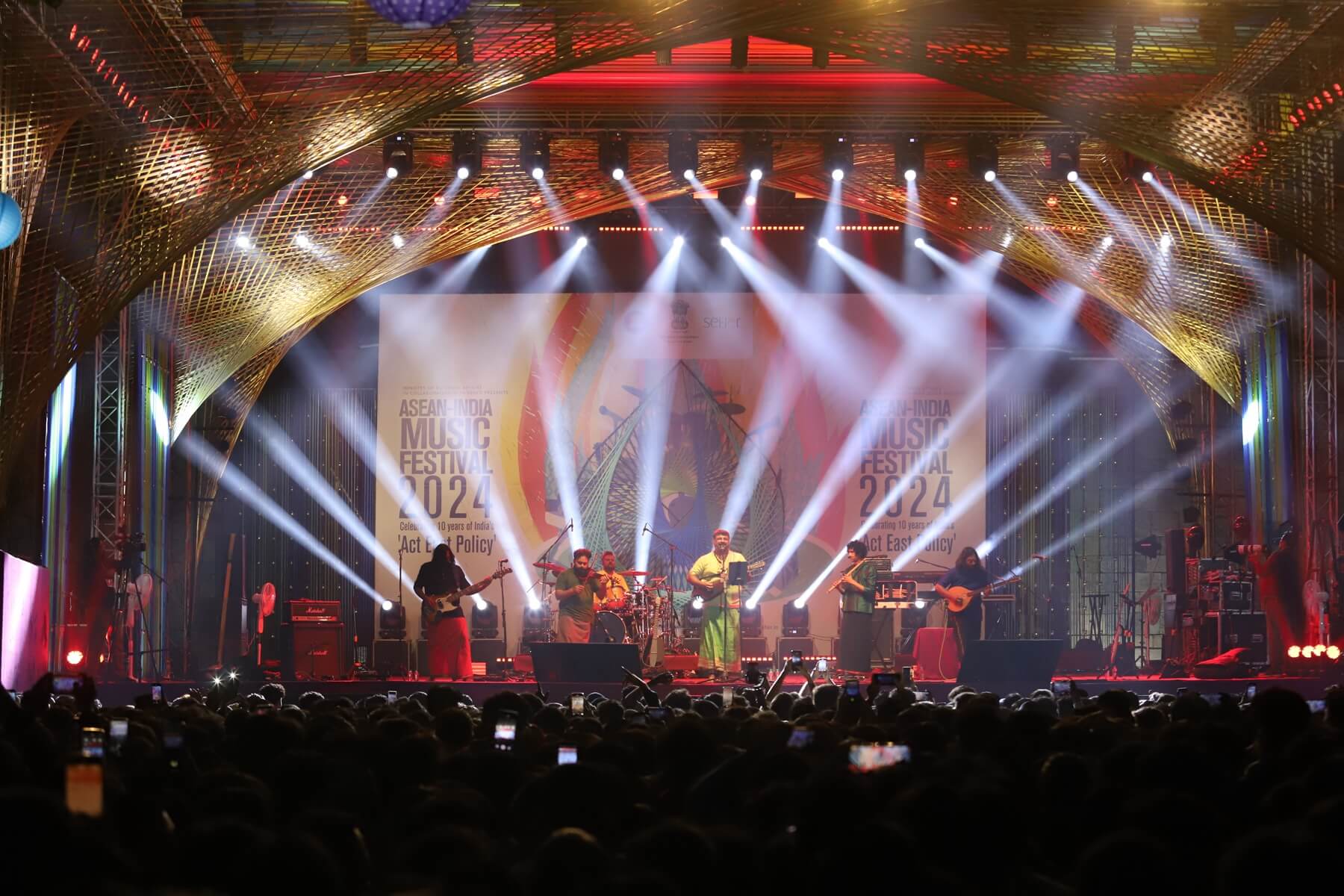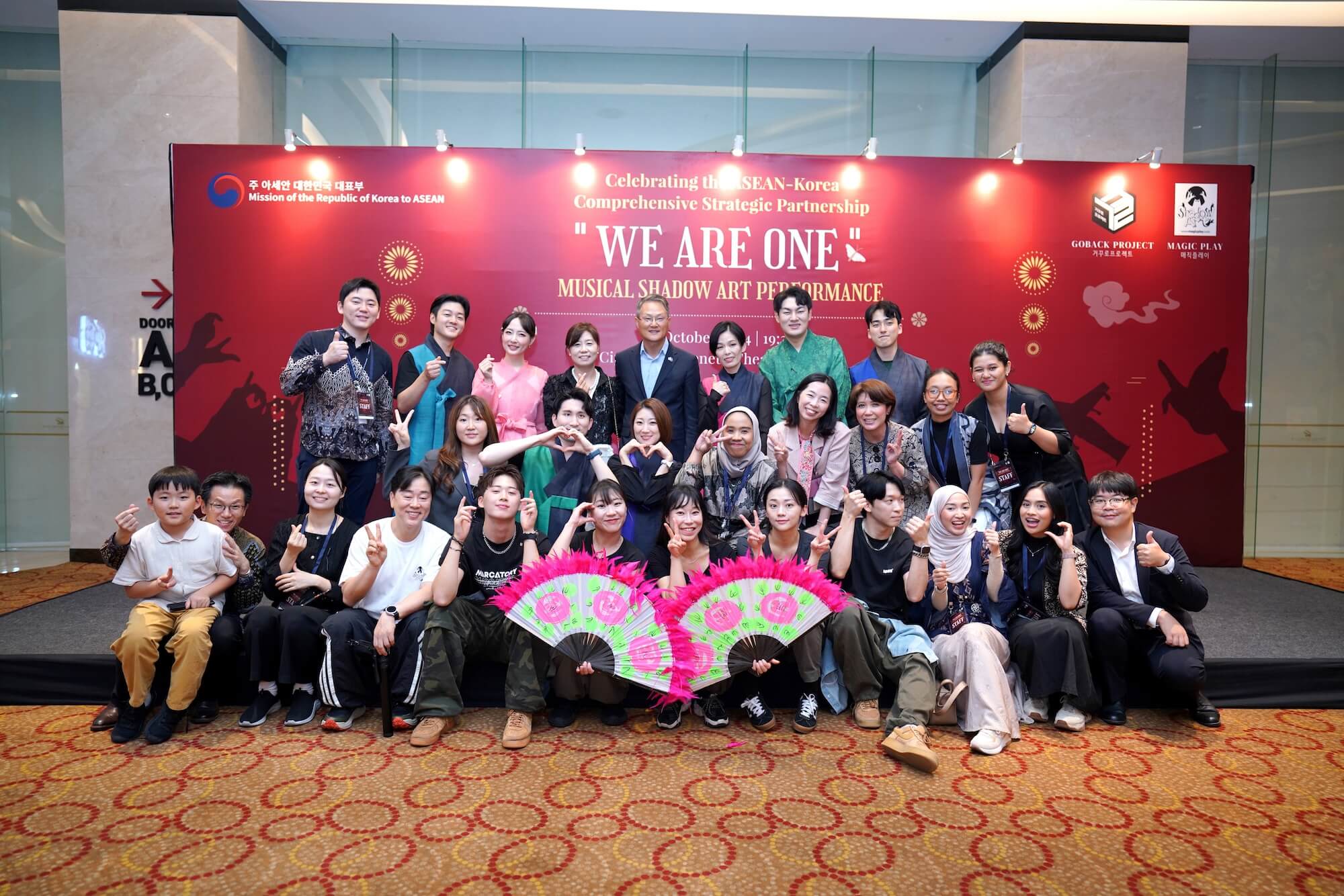




Just a few short months ago, we went about our lives celebrating festivals, partaking in traditional feasts, and watching cultural performances. But all these activities—classified as intangible cultural heritage or ICH—came to a grinding halt with the COVID-19 pandemic and the measures imposed to curb the spread of the virus.
ICH, also referred to as our “living heritage,” is composed of traditions, rituals, crafts, expressions, knowledge, and skills that are practiced and passed on from generation to generation. It also provides employment and generates income for ICH practitioners.
The pandemic has dealt a series of sustained and severe blows to this sector, the extent of which needs to be understood not only to help ICH practitioners but also to preserve our sense of identity and rootedness, as well as strengthen our connections to our community and country.
Impact on ICH Sector
Recently, UNESCO shared the findings of its ongoing online survey and noted that COVID-19 had upset, or in the worst-case scenario, obliterated, the global calendar of ICH events, impacting the livelihoods of ICH practitioners and disrupting the social and cultural lives of many.
This survey, together with another survey by the Dutch Centre for ICH, further noted that traditional craftspersons have been particularly hard-hit. However, UNESCO conceded that it is still too early to obtain an accurate assessment of the economic impact of COVID-19 on the ICH sector worldwide.
In Singapore, the National Heritage Board’s recent survey on the impact of COVID-19 on ICH practitioners and stakeholders revealed that more than 70 percent of the 22 respondents rated the impact as “severe” or “very severe.” Traditional craftspersons, practitioners of traditional performing arts, and those who prepare traditional food were among those who participated in the survey.
The main impact of COVID-19 comes in the form of loss of income due to reduction in revenue, cancellation of jobs, and continued overhead costs of workers in the sector. Their key concerns include attracting audiences or customers back, postponement or cancellation of projects, and financial sustainability.
Apart from economic losses, ICH practitioners and practices are also affected by COVID-19-related measures. As most ICH experiences are communal or performative in nature and often require physical participation or presence, the suspension of large gatherings and the implementation of safe-distancing measures affected and are still affecting how ICH practitioners perform or practice their craft.
According to NHB’s survey, close to 70 percent of respondents shared that the current measures had impacted their craft or practice “significantly” or “very significantly,” and the measures which had the most impact are the ones pertaining to group size and crowd capacity, safe-distancing, and the suspension of workshops and live performances.
Embracing the Digital Shift
Fortunately, the ICH sector is nothing but resilient, and practitioners have always been able to modify their practices and products in order to evolve and adapt to changing times. This is perhaps most evident in how the sector has embraced the shift towards digital as a means of (re)connecting with their audiences.
For instance, the suspension of religious services and gatherings in Singapore from March to June 2020 resulted in the live-broadcasting of such services by places of worship. Likewise, ICH practitioners in the traditional performing arts also used social media platforms to live-stream performances, while traditional craftspersons conducted online workshops on how to prepare food according to traditional recipes, make hand-crafted products, etc.
In fact, more than 70 percent of respondents to NHB’s survey indicated that they have been able to use digital platforms, such as Facebook, Instagram, and their own websites, to reach out to their target audience and customers.
However, local ICH practitioners have shared that they faced challenges, such as the lack of funds, technical know-how, and skilled staff. In this area, ASEAN countries could perhaps learn from the UK’s Digital Cultural Network, which has employed and deployed a pool of “tech champions” (or digital specialists) to provide one-to-one support for the arts and culture sector.
Going Digital: Boon or Bane?
Having said that, if there’s one good thing that has come out of the pandemic, it has to be the unprecedented amount of living heritage-related digital content that is being made available for the first time as more and more practitioners venture online.
There are several benefits to this phenomenon. First, it has opened up previously unexplored or understudied ICH elements, which may be worthwhile for organisations and scholars to carry out further research on, along with the modified elements that may have emerged in the wake of COVID-19.
Second, it has created a repository of digital records that contribute to the documentation of ICH elements. In doing so, it has also expanded the accessibility of content beyond its traditional audiences and sped up the transmission of ICH knowledge and skills.
However, it should be cautioned that the digitalisation of ICH elements could pose a plethora of problems as well. The first problem concerns the digital divide, as some practitioners may be disadvantaged by the lack of technological infrastructure and know-how. The second revolves around the concern that these digital records could paradoxically lead to the “fossilisation” of what are essentially evolving cultural customs and practices.
Turning to ICH for Comfort and Strength
In spite of the various issues raised, one thing is certain. In times of uncertainty and stress, people all around the world are turning to ICH (besides other entertainment and health-related options) for cultural first-aid to boost their morale, make life more tolerable, retain a sense of normalcy, and shore up resilience.
The key role played by ICH is perhaps most evident in how it acts as a “social glue” and keeps communities and families together even though they may be physically apart. For instance, many Muslim families came together online during the fasting month of Ramadan and participated in NHB’s #RamadanTogether campaign, which included breaking fast together.
Besides keeping communities together, ICH practitioners also contribute to the ongoing fight against COVID-19 by supporting and reinforcing public health messages. For instance, craftspersons in Peru and China created face masks using traditional designs and techniques, while string puppeteers in Sri Lanka staged performances based on stories of confinement and safe distancing.
Consequently, while the COVID-19 pandemic may have exposed the vulnerabilities of ICH in times of emergencies, it has conversely demonstrated the dynamic and adaptive nature of ICH elements and the resilience of their practitioners. More importantly, it has reaffirmed the importance of ICH as a form of cultural ballast against the threat of COVID-19 and possibly other future threats.








